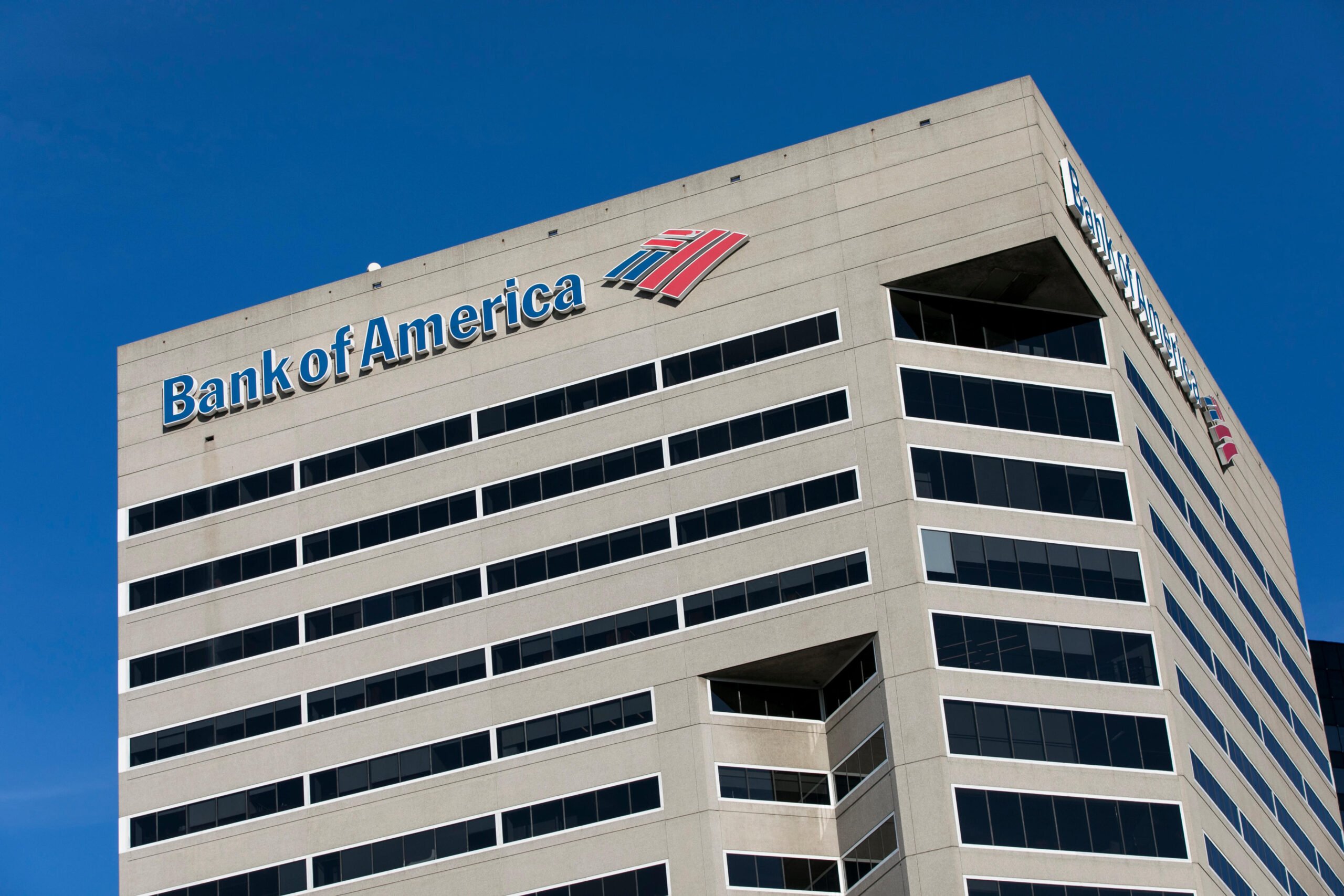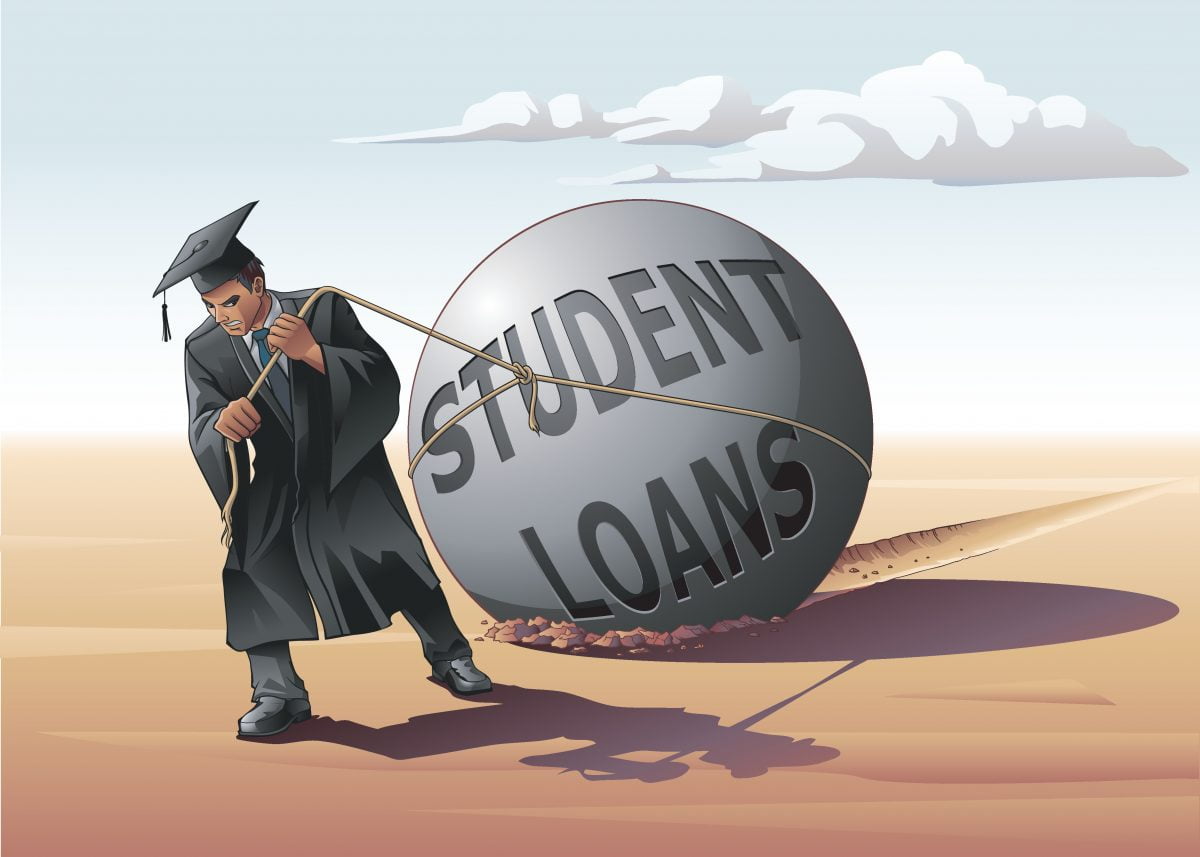Understanding Federal Student Loans: Everything You Need to Know

As the cost of education continues to rise, more and more students are turning to federal student loans to finance their studies. These loans come with many benefits, including low interest rates, flexible repayment options, and the possibility of forgiveness. In this article, we’ll explore everything you need to know about federal student loans, including eligibility requirements, application processes, and repayment options.
What are Federal Student Loans?
Federal student loans are loans provided by the government to help students pay for their education. These loans are available to students of all ages and backgrounds and can be used to pay for tuition, room and board, books, and other education-related expenses. There are two main types of federal student loans: Direct Subsidized Loans and Direct Unsubsidized Loans.
Direct Subsidized Loans
Direct Subsidized Loans are available to undergraduate students who demonstrate financial need. The government pays the interest on these loans while the student is enrolled in school, as well as during the grace period and deferment periods.
Direct Unsubsidized Loans
Direct Unsubsidized Loans are available to undergraduate, graduate, and professional students regardless of financial need. Unlike Direct Subsidized Loans, the student is responsible for paying the interest on these loans while they are in school, during the grace period, and during deferment periods.
Eligibility Requirements
To be eligible for federal student loans, you must meet certain requirements. These include:
Citizenship
You must be a U.S. citizen, a U.S. national, or a permanent resident of the United States to be eligible for federal student loans.
Enrollment
You must be enrolled at least half-time in an eligible program at a participating school to be eligible for federal student loans.
Academic Progress
You must maintain satisfactory academic progress while you are enrolled in school to remain eligible for federal student loans.
No Default
You must not be in default on any federal student loans or owe an overpayment on any federal student aid to be eligible for additional federal student loans.
Application Process
To apply for federal student loans, you must complete the Free Application for Federal Student Aid (FAFSA). The FAFSA is used to determine your eligibility for federal student aid, including grants, loans, and work-study programs.
Filling Out the FAFSA
To fill out the FAFSA, you will need to provide information about your family’s income, your tax status, and your enrollment status. You will also need to provide information about the schools you are interested in attending.
Submitting the FAFSA
You can submit the FAFSA online or by mail. If you submit the FAFSA online, you will receive a confirmation email within a few days. If you submit the FAFSA by mail, it may take several weeks for your application to be processed.
Repayment Options
Federal student loans offer a variety of repayment options, including:
Standard Repayment
Standard Repayment is the default repayment plan for federal student loans. Under this plan, you make fixed monthly payments over a 10-year period.
Income-Driven Repayment
Income-Driven Repayment plans adjust your monthly payments based on your income and family size. There are four different Income-Driven Repayment plans available: Income-Based Repayment, Pay As You Earn Repayment, Revised Pay As You Earn Repayment, and Income-Contingent Repayment.
Graduated Repayment
Graduated Repayment plans start with lower monthly payments that increase over time. This plan is ideal for borrowers who expect their income to increase in the future.
Extended Repayment
Extended Repayment plans allow you to extend your repayment period beyond 10 years, reducing your monthly payments
Loan Forgiveness and Discharge
Federal student loans may also be eligible for forgiveness or discharge under certain circumstances. Some common types of forgiveness and discharge include:
Public Service Loan Forgiveness
Public Service Loan Forgiveness is available to borrowers who work in a qualifying public service job and make 120 qualifying payments under an Income-Driven Repayment plan.
Teacher Loan Forgiveness
Teacher Loan Forgiveness is available to teachers who work full-time for five consecutive years in a qualifying low-income school.
Total and Permanent Disability Discharge
Total and Permanent Disability Discharge is available to borrowers who are unable to work due to a total and permanent disability.
Bankruptcy Discharge
Bankruptcy Discharge may be available to borrowers who can prove that repaying their student loans would cause undue hardship.
Conclusion
Federal student loans can be a great way to finance your education. They offer low interest rates, flexible repayment options, and the possibility of forgiveness. However, it’s important to understand the eligibility requirements, application process, and repayment options before you take out a loan. By doing your research and making an informed decision, you can set yourself up for a successful and financially stable future.
FAQs
- How do I apply for federal student loans? To apply for federal student loans, you must complete the Free Application for Federal Student Aid (FAFSA).
- How much can I borrow in federal student loans? The amount you can borrow in federal student loans depends on several factors, including your year in school, your enrollment status, and your financial need.
- Can I get federal student loans if I have bad credit? Yes, you can still be eligible for federal student loans even if you have bad credit.
- What happens if I can’t make my monthly loan payments? If you can’t make your monthly loan payments, you may be eligible for a deferment or forbearance.
- Can I consolidate my federal student loans? Yes, you can consolidate your federal student loans into a single loan with a fixed interest rate.
[ads2]





